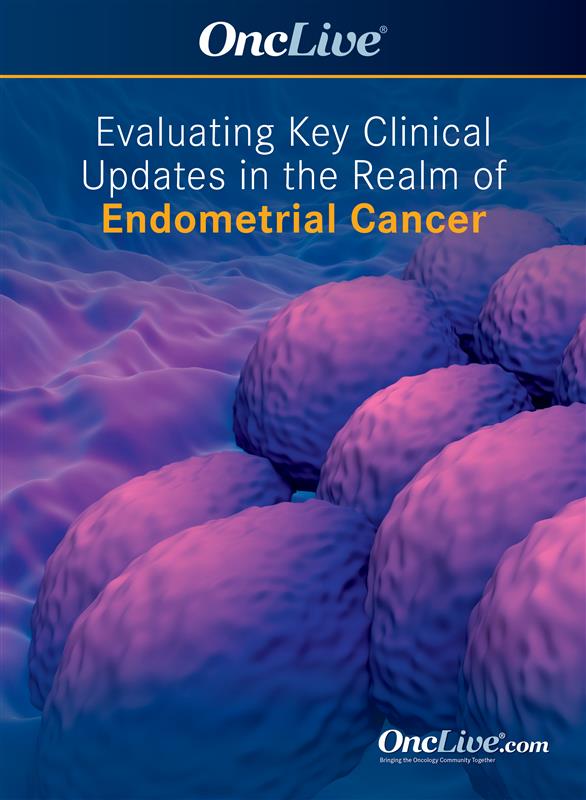Commentary
Video
Dr Westin on Durvalumab and Chemotherapy With or Without Maintenance Olaparib in Endometrial Cancer
Author(s):
Shannon N. Westin, MD, MPH, FACOG, discusses key data on the use of durvalumab plus chemotherapy followed by durvalumab and olaparib maintenance in the phase 3 DUO-E trial of patients with newly diagnosed advanced or recurrent endometrial cancer.
Shannon Westin, MD, MPH, FACOG, director, Early Drug Development, professor, Department of Gynecologic Oncology and Reproductive Medicine, Division of Surgery, The University of Texas MD Anderson Cancer Center, discusses key data on the use of durvalumab (Imfinzi) plus chemotherapy followed by durvalumab and olaparib (Lynparza) maintenance in the phase 3 DUO-E trial (NCT04269200) of patients with newly diagnosed advanced or recurrent endometrial cancer.
The DUO-E trial assessed the efficacy of combining durvalumab with chemotherapy in patients with newly diagnosed, stage III/IV recurrent endometrial cancer who had not previously received systemic treatment. Patients were randomly assigned 1:1:1 to one of 3 groups: carboplatin and paclitaxel alone, carboplatin and paclitaxel plus durvalumab, or carboplatin and paclitaxel with both durvalumab and olaparib. The primary end point was progression-free survival (PFS), with overall survival (OS) as a secondary end point.
In the intent-to-treat population, both durvalumab combination regimens produced a statistically significant and clinically meaningful improvement in PFS compared with chemotherapy alone, meeting its primary end point, Westin reports. The median PFS increased from 9.6 months (95% CI, 9.0-9.9) in the control group to 10.2 months (95% CI, 9.7-14.7) with the durvalumab and chemotherapy regimen and 15.1 months (95% CI, 12.6-20.7) with the durvalumab and olaparib regimen, she details. Corresponding hazard ratios for the durvalumab and durvalumab plus olaparib arms vs the control arm were 0.71 (95% CI, 0.57-0.89; P =.003) and 0.55 (95% CI, 0.43-0.69; P<.0001), respectively. These translated to respective reductions in the risk of disease progression or death of 29% and 45%, Westin says.
Although the interim OS data were not fully mature at the time of the interim analysis, a trend towards OS improvement was observed in the combined treatment arms compared with chemotherapy alone, Westin continues. At 18 months, OS rates were 79.4%, 74.6% and 69.0% in the durvalumab plus olaparib, durvalumab, and control arms, respectively.
Subgroup analysis based on mismatch repair (MMR) status demonstrated benefits for both mismatch repair–deficient (dMMR) and MMR-proficient (pMMR) patients, Westin adds. Notably, the addition of olaparib to the treatment regimen further enhanced the PFS benefit in pMMR patients, she emphasizes. Regarding safety, the toxicity profiles of both combination treatments were in line with that of the individual agents.
Overall, these findings suggest that combining immunotherapy with chemotherapy is a promising approach to enhance outcomes in patients with advanced endometrial cancer.










